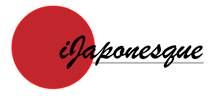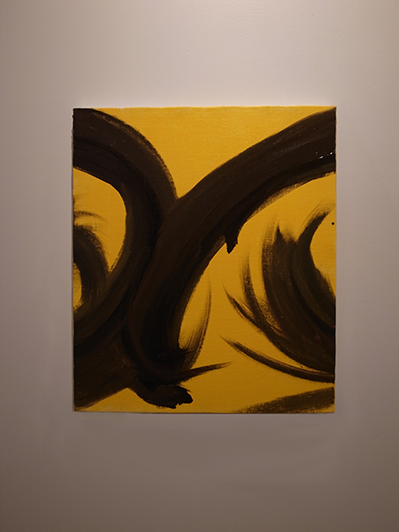Modern Concept and Spiritual Dialogue
Kihachiro Nishiura is the descendant of Nishiura Enji, founder of the Nishiura-yaki school of ceramics, which was highly acclaimed both in Japan and abroad in the Meiji (1868-1912) for its outstanding technique and artistry. Steeped in traditional Japanese culture from his early childhood, Kihachiro expresses the world of Japanese culture and arts in his own unique style based upon the ancient philosophy of eki, central to which is the inevitability of change. His “Nishiura Style” exhibitions of incense, floral arrangements, calligraphy, and other art forms have been enthusiastically received in Japan and the United States. Master Nishiura earned a Master’s Degree in Geophysics from Ohio University, and currently owns Nishiura Ryokusuidô antique dealership in Minami-Aoyama, Tokyo.
Comments of Kihachiro Nishiura on his art
I believe that life is a journey in which we walk along a dark road in the night. People feel anxiety and loneliness, but they seek one ray of light and walk along searching all the time for enjoyment. That light, in my view, is culture — our collective sense of aesthetics. That is why I feel that cultural exchange is the exchange of light. In other words, culture is away by which one ray of light becomes many times brighter. That is why it has the power to dispel anxiety, beget a sense of security, and lead to peace. I believe that my calligraphy, flower arrangements, and incense each constitute one such ray of light. That ’s why I feel they need no further explanation. When we look at flowers and feel they are beautiful, what reason do we need for that feeling? If contact with my works make the viewer breathe a sigh of relief, then that’s enough for me.
I have been enjoying the Brush Work, “Calligraphy,” over 35 years. One may continue to work on the Calligraphy for different reasons such as “writing beautifully,” “improving concentration skill,” “just to enjoy,” but for me there was no special reason since the art of Calligraphy was always with me as I was growing up. However, since I started to have many opportunities to show my works at exhibitions, I started to question to myself “what the Calligraphy means to me,” “why I continue to work on Calligraphy,” “what I wish to express to viewers,” etc. I still have not found the good enough answers, but, through this exhibition I will try to search for the answers even if not completely satisfactory.
The Calligraphy is a basis of oriental art, I believe. The Character is one of the most important part of oriental culture. Therefore, how to write and express the Characters is alone oriental art itself. Despite the importance of the Character, Japanese Calligraphy has specific expressions which can be said as “Inaudible Music”. This particular aspect is the distinct difference from traditional Chinese or Korean Calligraphy. For example, Japanese Zen-monks’ Calligraphy, BOKUSEKI, or aristocratic Calligraphy, KANAMOJI, are not only written beautifully or to inform the content, but, also to convey the emotions and philosophies of writers. A line, dot, and color are like music notes and altogether compose a certain melody.
This time, I tried to express two themes, namely 1) Visual Calligraphy and 2) Musical Calligraphy. These two themes can be overlapped in one work. But, I tried to put a focus on each theme individually. For Visual Calligraphy, I used the Western style oil painting techniques, with deformation of shading, cubic-eff etc., or colors. Usually, action of reading comes first by looking at the Calligraphy, but, this fact makes only for the people who can understand the content can enjoy the Calligraphy. I feel this is one of the biggest reasons why the Calligraphy has not being recognized as an International Art. So, I try to express more of visual aspect instead of reading aspect so even if the viewers cannot understand the content still feel some impression from the works.
The important elements of Calligraphy are dots, lines, shadings, movements, and space. These elements can create an unheard music like an orchestra performance using different musical instruments with different sounds together playing one piece of music in harmony, very similar to the Musical Calligraphy. It can be said that the music is “audible sounds” but the Calligraphy is “sensible sounds.” In order to express the music in the works, I used my left hand which is not my dominant hand to complete the works of Musical Calligraphy. My right hand remembers techniques, and unconsciously tries to write beautifully with learned skills, so by using my left hand, I could concentrate to express only my feelings and emotions.
The silent music of calligraphy
Lines by Bulgarian poets inspire a Japanese artist
Europost, May 24, 2012




